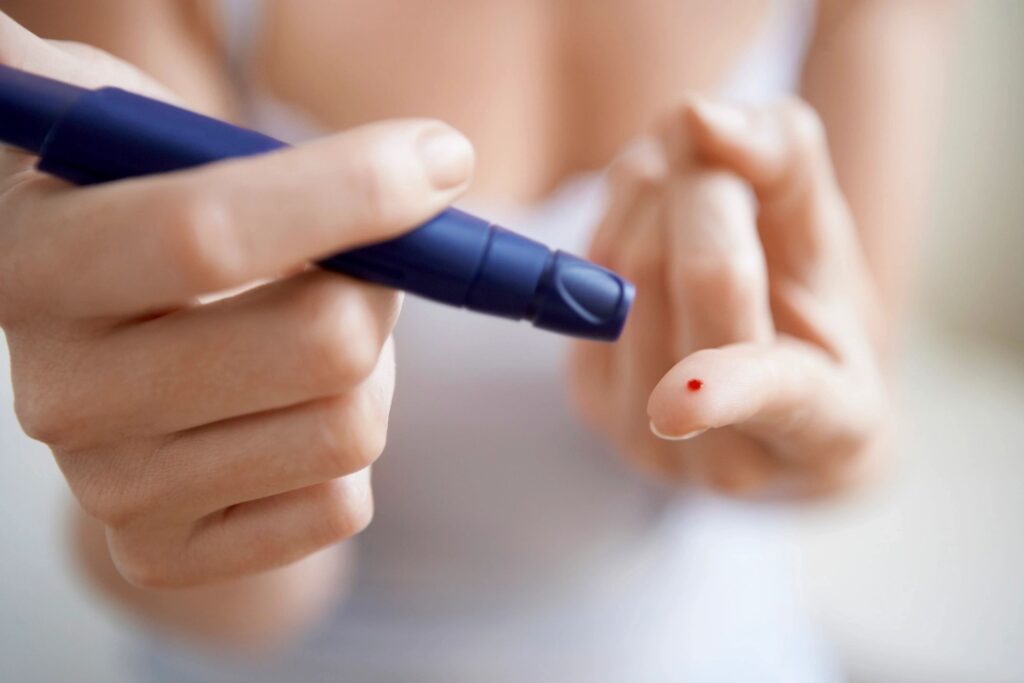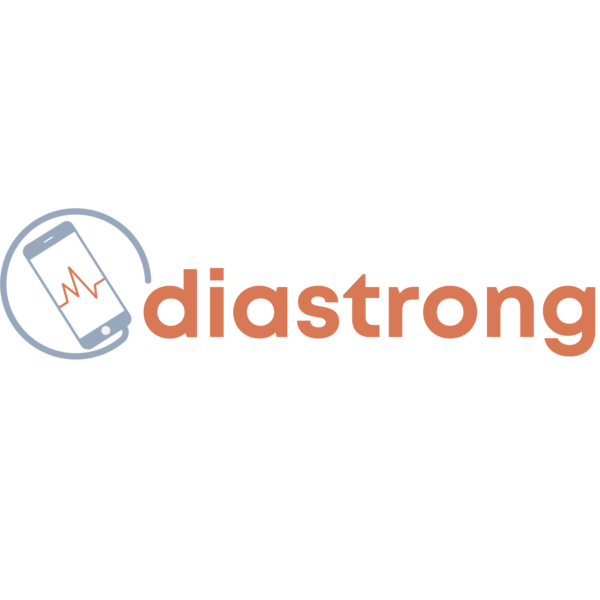Diabetes Glossary Part 1 – Being diagnosed with diabetes comes with many challenges, including learning the new terminology that endocrinologists and diabetes experts throw at patients. That’s why the editors at DiaStrong compiled a list of diabetes terminology in a way that it can actually make sense. Here is Part 1 of words you should know as a diabetic.
This glossary contains a (mostly) alphabetic list of words that are most often heard in doctor appointments and diabetes literature. Before the glossary can begin, there are five terms worth defining:
Insulin: A hormone produced by beta-cells in the pancreas which helps the body use sugar for energy.
Pancreas: an organ behind the lower part of the stomach that makes insulin.
Pre-Diabetes: When a person has high blood glucose levels, but they aren’t high enough yet to be diagnosed as diabetes.
Type 1 Diabetes: a type of diabetes in which beta cells of the pancreas are damaged and therefore produce little or no insulin. This limits the bodies ability to use glucose for energy, causing blood sugar to rise. People with type 1 diabetes must use insulin injections to control their diabetes.
Type 2 diabetes: a type of diabetes in which the body either does not respond normally to the amount of insulin produced or the amount of insulin produced is insufficient. This causes blood sugars to rise as glucose cannot get to the body’s cells for energy.

With these five terms defined the glossary can effectively begin:
Alpha Cell: A type of cell found in the pancreas which makes and releases the hormone Glucagon: a hormone that raises the level of glucose in the blood by triggering the liver to release stored glucose.
Antibodies: Proteins that protect the body from foreign substances such as viruses.
Artificial Pancreas: A glucose sensor that is attached to an insulin delivery device through a “closed loop system”. This device reads the body’s glucose level and then releases the appropriate amount of insulin.
Autoantibodies: A group of antibodies that mistakenly attack and damage the body’s tissues and organs. For people with type 1 diabetes, autoantibodies attack insulin producing beta cells in the pancreas. This is because type 1 diabetes is an Autoimmune Disorder/Disease: a disorder of the body’s immune system in which the immune system mistakenly attacks itself.
Basal Rate: The amount of insulin required to manage normal daily blood glucose fluctuations.
Basal Secretion: The small mount of insulin that’s constantly present in the blood.
Biosynthetic Insulin: Genetically engineered human insulin.
Blood Glucose Level: How much glucose is in your blood at any given time.
Bolus Secretion: The amount of insulin released from the pancreas after eating.
Body Mass Index (BMI): A calculation based on your heigh and weight to categorize you as underweight, healthy weight, overweight, or obese.
Bolus Insulin vs. Basal Insulin
Bolus insulin is a quick-acting insulin that is often taken before meals to prevent a spike in blood sugar. Basal Insulin is a long-acting insulin that keeps glucose levels steady for long periods of time, such as when sleeping.
Following along from Bolus Insulin, there is Pre-bolus: when a patient takes insulin some time before eating so that it can “activate” and prevent a spike in blood sugars post meal.
Brittle Diabetes: When a person’s blood sugar levels often shift very quickly form high to low and from low to high. Also known as Unstable Diabetes.
Carbohydrates: One of the three main energy sources for the body. Breaks down into glucose which then provides energy to the body.
Certified Diabetes Educator (CDE): A health professional who is certified to engage diabetics and support them in their journey to understanding how to manage their diabetes.
Dawn Phenomenon: When blood sugar levels rise in the early morning.
Diabetes Mellitus: The full name for diabetes.
Diabetic Ketoacidosis (DKA): A life threatening condition where there is not enough insulin in the body to use glucose for energy. During DKA, glucose builds up in the blood and the body turns to fat for energy, causing the release of ketones which make the blood acidic. Someone in DKA requires emergency fluid and insulin treatment.
Dietician: An expert trained in nutrition and healthy diet. A Registered Dietician means that this dietician has received higher level training and passed a registration exam. A Nutritionist is a dietician without the certification of higher level training and a passed exam.
Endocrine System: Your body’s system for producing hormones that control bodily functions. Diabetes is an endocrine disorder because all types of diabetes are caused from the inability or incorrect use or production of insulin.
Endocrinologist: A doctor who specializes in hormones – such as insulin for people living with diabetes.
Fasting Plasma Glucose Test (FPG): A method for screening diabetes in patients. Measures blood sugar levels after fasting for at least 8 hours.
Gangrene: The death of body tissues, usually due to a lack of blood supply.
Gestational Diabetes: A high blood sugar that is diagnosed during pregnancy. Gestational diabetes occurs because hormone changes during pregnancy can affect the production of insulin, resulting in higher than normal blood sugar levels. Symptoms usually dissipate after delivery but women with gestational diabetes are more likely to develop type 2 diabetes later in life.
Glucose: The body’s main source of energy found as a simple sugar in the blood.
Glucose Tablets: Easy to use sugar that helps peoples with diabetes treat low blood sugar quickly.
Glucose Tolerance Test: A test used to determine diabetes in patients. This test must be taken on an empty stomach after fasting for at least 8 hours. This test is administered in two stages. First, blood is taken at a lab or doctors office in the fasting stage. Then the patient drinks a beverage with sugar and waits two hours before a second blood test is administered.
Glycated Hemoglobin Test (HbA1c): A blood test used to measure glucose levels over 90 days. Helps you and your doctor determine how well you’re managing your diabetes.
From within the Glycated Hemoglobin Test there is Hemoglobin: a substance in red blood cells that carries oxygen. When Hemoglobin attaches itself to sugars in the blood it forms Glycated Hemoglobin (also known as Hemoglobin A1C).
High Blood Pressure: A condition in which blood flows at a greater force through blood vessels than normal. Can cause strain on the heart, harm arteries, and increases risk of heart attacks, strokes, and kidney problems.
High Blood Sugar: Also known as hyperglycaemia: occurs when there isn’t enough insulin in the body or the body cannot use the insulin it has effectively.
Home blood Glucose Monitoring: A way in which a person can test the sugar levels in their blood independent of a doctor or medical professional. Also known as Self-Blood Glucose Monitoring.
Hormone: A chemical which travels through the blood from one part of the body to another, often to control a bodily function.
Interested in taking the next step to better diabetes health?




